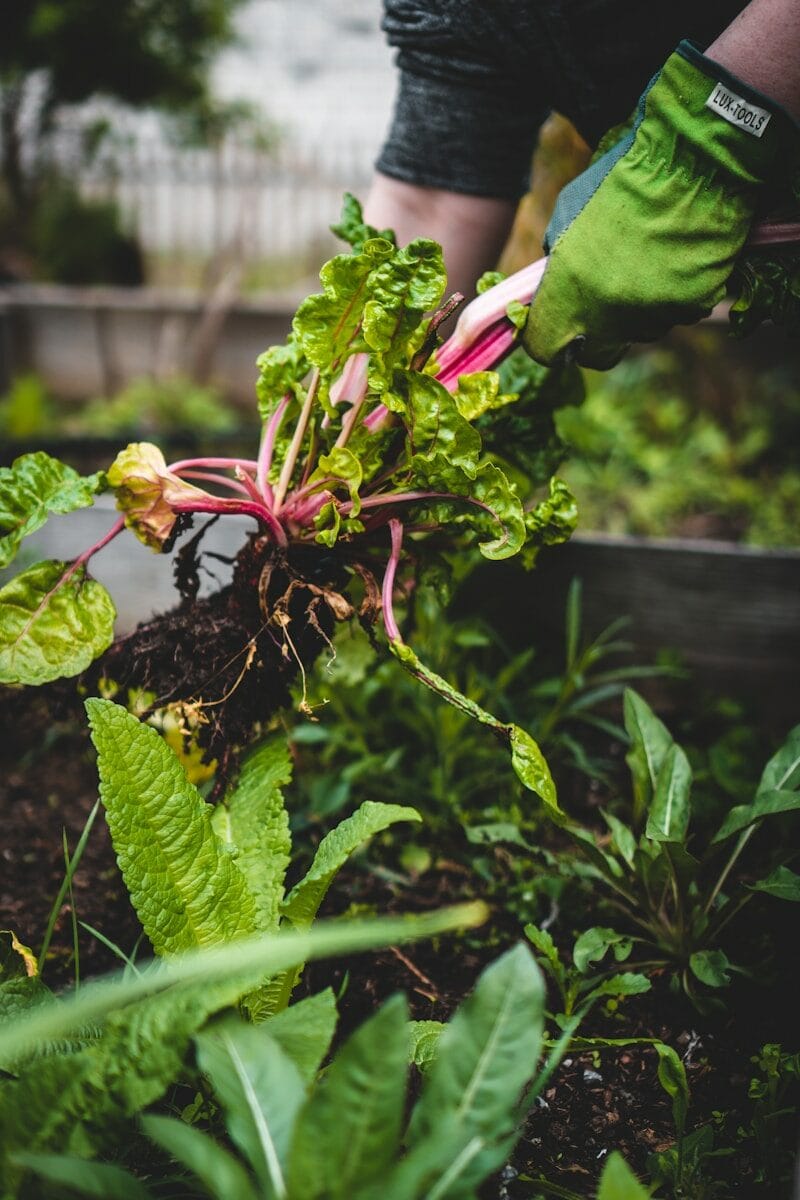National Inventors Hall Of Fame Recognised Executive Women’s Contribution to Agricultural Pest Management and Better Farming

Few topics in agriculture are stirring as much thoughtful excitement as the surge in biological solutions for pest management and plant health. Chemical reliance is giving way to alternatives that promise both environmental benefits and practical effectiveness—a necessary evolution as resistance to traditional methods rises and regulatory pressures intensify.
The global market for bioherbicides, once niche, is now expected to soar to USD 8 billion by 2033, reflecting a robust compound annual growth rate of 10.86% ). This movement is more than commercial; it’s fundamentally about how we rethink the stewardship of crops and gardens for future generations.

At the heart of this progress are inventors whose work bridges scientific innovation and real-world application. One such figure, Dr Pam Marrone, co-founder and Executive Chair of Invasive Species Corporation, has just been inducted into the National Inventors Hall of Fame.
Marrone’s influence spans over 82 US and 400 international patents, each contributing to practical, widely utilised biological products that tackle stubborn pests and diseases, both on farms and in home gardens. Her story is very much the story of a field that’s coming into its own.
Inventors Contribution to Better Farming
Patents are the engine behind much of the forward motion in agricultural biotechnology. Securing the right to a discovery not only rewards individual inventors but, crucially, generates tangible incentives for firms to invest in time-intensive, costly research. If a breakthrough in biological pest control can be legally protected, backers become more willing to take risks, funding the journey from laboratory concept to shelf-ready product—a journey often requiring not just ingenuity but also persistence and teamwork.
The significance of this process is underscored by Dr Marrone’s own words:
‘I greatly appreciate being recognised today for my patents and inventions; of course, none of this happens alone. I have had help and support of several great teams to develop and commercialise these inventions. I am excited to continue the journey and develop new inventions with ISC team.
These enthusiastic young scientists and the new technologies available to us today, allow us to bring to market innovative patented products for controlling the worst invasive species, such as new environmentally beneficial bioherbicides for weed control, quicker and with less investment dollars than ever.’
Her gratitude for collaboration speaks volumes about the shift towards interdisciplinary, group-based scientific advances in this area.
Industry Trends: The Biologicals Boom
The surge in biological solutions, from bioherbicides to biopesticides, closely follows broader societal demands for safer, more sustainable agriculture. Market leaders such as BASF, Syngenta, and Bayer have expanded their offerings in this sphere, while younger companies like Pro Farm Group Inc. and FMC Corporation’s dedicated venture arm focus solely on environmentally friendly pest control (top companies in biopesticides). It’s perhaps no wonder that biopesticides currently claim around 10 percent of the global pesticide market—a figure set to grow as resistance to chemical compounds and consumer concerns continue to mount.
This rapid market evolution is fuelled by both regulatory encouragement and the on-the-ground reality of farmers’ challenges. Traditional chemistries increasingly face legal restrictions as well as declining effectiveness due to resistance, urging many to seek alternatives. Meanwhile, intensive R&D in microbial bioherbicides, a key area of recent growth, meets demand from growers keen to tackle problematic weeds where chemicals have failed.
The Science Supporting the Shift
Expert analysis offers strong validation for this movement. According to researchers, biological pest control—leveraging everything from bacteria and fungi to plant-derived compounds—now plays a central role in reducing crop losses and combating resistance. Agricultural losses from pests still average as high as 40 percent globally, reminding us just how high the stakes remain. Biologicals, especially when fine-tuned and deployed at scale, offer new hope for closing this gap.
Looking Forward: What This Means for Agriculture
The momentum behind biological pest management is unlikely to lose pace. Industry reports predict double-digit growth through 2027 for biosolutions, with microbial bioherbicides emerging as the dominant segment thanks to their targeted precision and environmental profile (biopesticides market forecast).
For agricultural producers, landscapers, and home gardeners alike, the shift promises a wider array of tools that are not only effective but also increasingly practical to deploy. Novel products come to market faster than before, often with less upfront investment, enabling more flexible, sustainable strategies for crop protection. The role of science-backed leadership, such as that exemplified by Dr Marrone and her teams, remains central to this progress.
Ultimately, this is an industry that is refocusing on ingenuity grounded in real-world results. Whether on the farm or amongst the roses, the message is the same: better living through science—when backed by wise patent strategy, market-driven innovation, and passionate advocates determined to make a difference one field at a time.
Do you want to share your story and inspire our readers ? Know that YOUR EXPERTISE is paving the way for a fairer, happier society.





